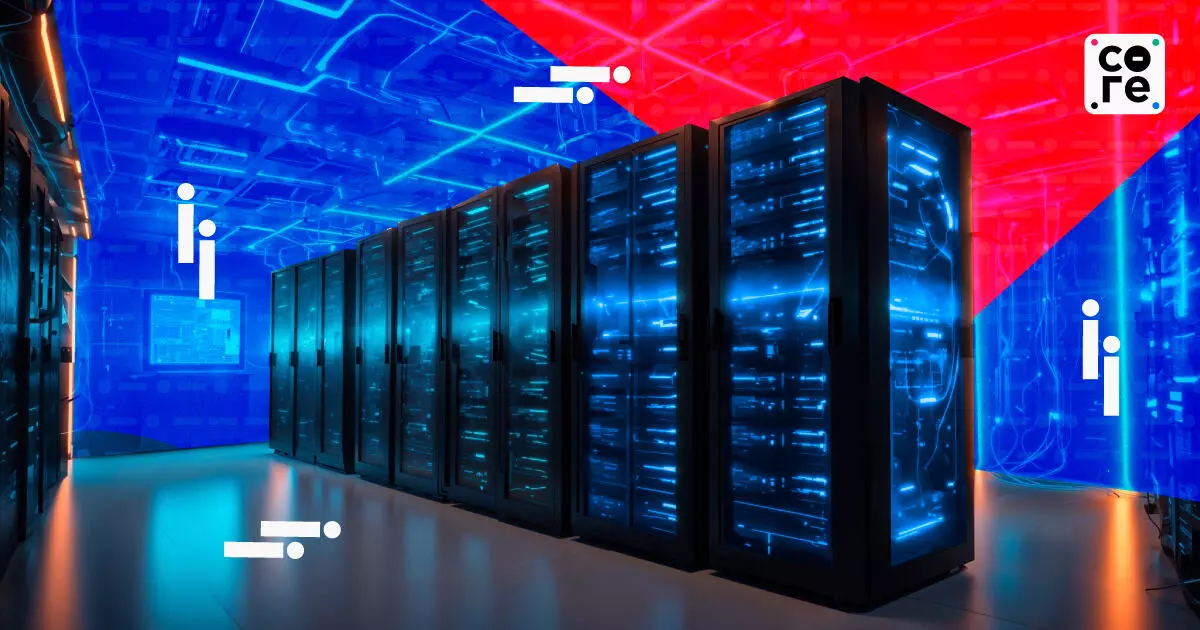
The Problem With Reliance's Pitch For AI Data Centres in India
Reliance Jio's push for AI data centres in India raises concerns about the nation's ability to handle the massive energy and water demands of this technology

Data from India should remain in India sounds like a good national interest pitch. However, unlike other nationalistic pitches, this one is a little more complex.
On Tuesday, Reliance Jio chairman Akash Ambani pitched for incentives including electricity for Indian companies ready to set up artificial intelligence (AI) and machine learning data centres. It's not surprising that he spoke of electricity and thus energy in the same breath.
Did you know that with roughly half the data centre capacity, Mumbai is considered India’s data centre capital? Real estate consulting firm Knight Frank said Mumbai was the standout growth story in data centres in India last year, crossing the 2,000 MW milestone. The city ranks alongside Shanghai and Tokyo as the top data centre markets in Asia Pacific.
Mumbai’s growth as a data centre is a confluence of several factors. One of them is that many global subsea internet cables land here. The second reason is reliable power, something Mumbai city has always prided itself on.
According to the International Energy Agency or IEA, data centres' total energy consumption could go from 460 terawatt hours (TWh) in 2022 to more than 1,000 TwH in 2026, roughly the same as the electricity consumption of the whole of Japan.
Also Read: The Future of AI in India with Debjani Ghosh
AI’s Water Guzzling Streak
The data on data centres gets more frightening. An academic study by professors from the University of California said training GPT-3 in Microsoft’s state-of-the-art US data centres can directly evaporate 700,000 litres of clean freshwater.
More critically, the global AI demand may be accountable for 4.2 -- 6.6 billion cubic metres of water withdrawal in 2027, which is more than the total annual water withdrawal half of the United Kingdom.
Additionally, GPT-3 needs to “drink” (i.e., consume) a 500ml bottle of water for roughly 10-50 responses, depending on when and where it is deployed. These numbers may increase for the newly-launched GPT-4 which reportedly has a substantially larger model size, the report said.
People may quibble with the specific numbers but there is no denying that massive quantities of water is needed to cool the servers thanks to the heat generated by the sheer computing power of the high-performance machines, particularly crunching AI queries.
Power Demand
Google last week said they will buy power from Kairos Power, a developer of small modular reactors, to help deliver on the progress of AI. Last month, Microsoft signed a deal with a company called Constellation to resurrect a defunct reactor at the Three Mile Island nuclear power plant in Pennsylvania. Look up Three Mile Island and see what you find.
The demand for power to drive AI applications is so stark that people are willing to revive dead nuclear reactors.
The constant supply of power cities like Mumbai are used to will not remain so if data centres gobble up more and more of it.
But the larger issue is the calibration of AI wants and needs and calibrating ambitions in the context of the sheer energy and water demands of this new industry.
Goldman Sachs said in a report in May this year that data centres worldwide consume 1-2% of overall power, but this percentage will likely rise to 3-4% by the end of the decade. In the US and Europe, this increased demand will help drive the kind of electricity growth that hasn’t been seen in a generation.
Critically, carbon dioxide emissions of data centres may more than double between 2022 and 2030.
Countries like Ireland and Malaysia among many others are already bracing for demands from data centres that could go beyond 20% of their country’s total power demands, according to some estimates.
The reality is that India cannot afford such high levels of data centre consumption without denying or pricing power out of poorer sections of society. On the other hand, no one will say we don’t want advanced computing.
But our energy needs for data centres cannot be on the same plane as the US or other developed countries that also have other energy markets to dip into.
The private sector which sees an opportunity in both setting up data centres and generating power for them cannot be trusted to make an objective policy decision that ensures a balance between energy needs and energy supplies.
Greater calibration and rightsizing of our AI ambitions is important.
Also Read: Need To Better Leverage Data To Fight Climate Change: Climate Expert Arunabha Ghosh
Reliance Jio's push for AI data centres in India raises concerns about the nation's ability to handle the massive energy and water demands of this technology
Salman is a seasoned business journalist with over 10 years of experience covering consumer internet, startups, and the retail sector. He writes on the fascinating world of technology trends and the government policies that shape them, dissecting internet trends and their impact on society.

